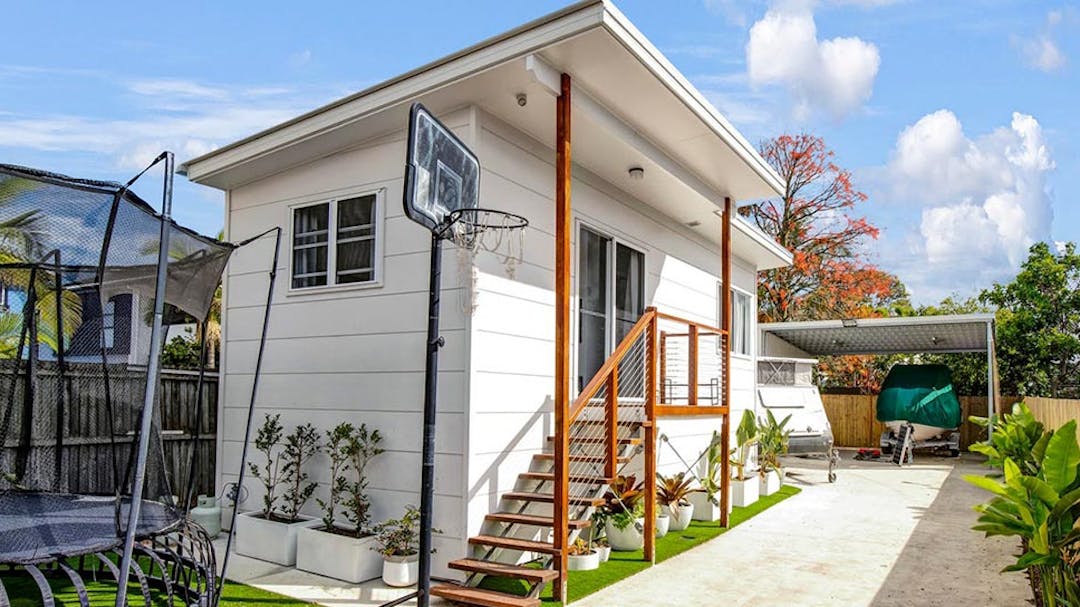Redland City Council is introducing provisions around the size and scale for secondary dwellings in its City Plan to protect the enviable amenity of Redlands Coast while continuing to support their use as affordable housing options.
City Mayor Karen Williams said small-scale secondary dwellings will continue to not require Council approval and will not be levied infrastructure charges under the changes.
“They can be occupied by family members or rented out. This amendment is not about stopping genuine secondary dwellings,” she said.
“It is designed to ensure property owners who are taking advantage of the secondary dwelling definition changes made recently by the State Government are paying appropriate infrastructure charges if they are building large dwellings.
Amendments to the Amenity and Aesthetics Policy and Guideline that were adopted by Council at yesterday’s general meeting, propose limits on the gross floor area of secondary dwellings (85sqm where the lot size is less than 1000sqm, 112sqm where the lot size is 1000sqm or more, and 160sqm in a Rural Zone where the lot is 6000sqm or more)
Cr Williams said, in some cases, secondary dwellings resembling a dual occupancy in size and operation were being established and they had an impact on residential amenity.
“This goes beyond the original intent where secondary dwellings were more commonly built as granny flats for elderly parents, or teenager retreats for adult children,” Cr Williams said.
The amendment follows State legislative changes that came into effect on 23 September last year. The changes to the Amenity and Aesthetics Policy and Guideline will take effect on 1 February 2024, along with changes to the Adopted Infrastructure Charges resolution.
In addition, Council resolved to commence a major planning scheme amendment process to introduce these changes into the City Plan.
The State changes lifted restrictions around the relationships of occupants living in secondary dwellings, which now allow them to be rented out to anyone.
Previously a dwelling house could include a secondary dwelling, however, the occupants of each dwelling had to be part of one household. They had to be individuals who intended to live together on a long-term basis and who made provision for food and other essentials for living.
“The legislative changes were intended to provide people with more access to housing options and this was an excellent outcome,” Cr Williams said. “It dovetails into the body of work Council is doing to respond to the unfolding national housing crisis.
“Council supports the renting out of secondary dwellings more widely to increase the supply of dwellings available immediately during this crisis.
“Infrastructure charges have been minimised under this amendment to encourage this additional housing in our city.
“However, unlike other councils in south-east Queensland, our City Plan does not contain provisions to ensure secondary dwellings do not negatively impact on the amenity and character of the surrounding neighbourhood.”
Cr Williams said the proposed changes would mean larger secondary dwellings are triggered for assessment by Council and levied infrastructure charges where required.
“If these more significant homes are not paying infrastructure charges, it means the wider community are picking up the bill for infrastructure upgrades required to service large secondary dwellings,” she said.
“These proposed amendments are about putting a definition around what is considered ‘subordinate’ in terms of a secondary dwelling to the main dwelling.
“The State Government changes will have some unintended outcomes for Redlands Coast if these changes are not made.”

